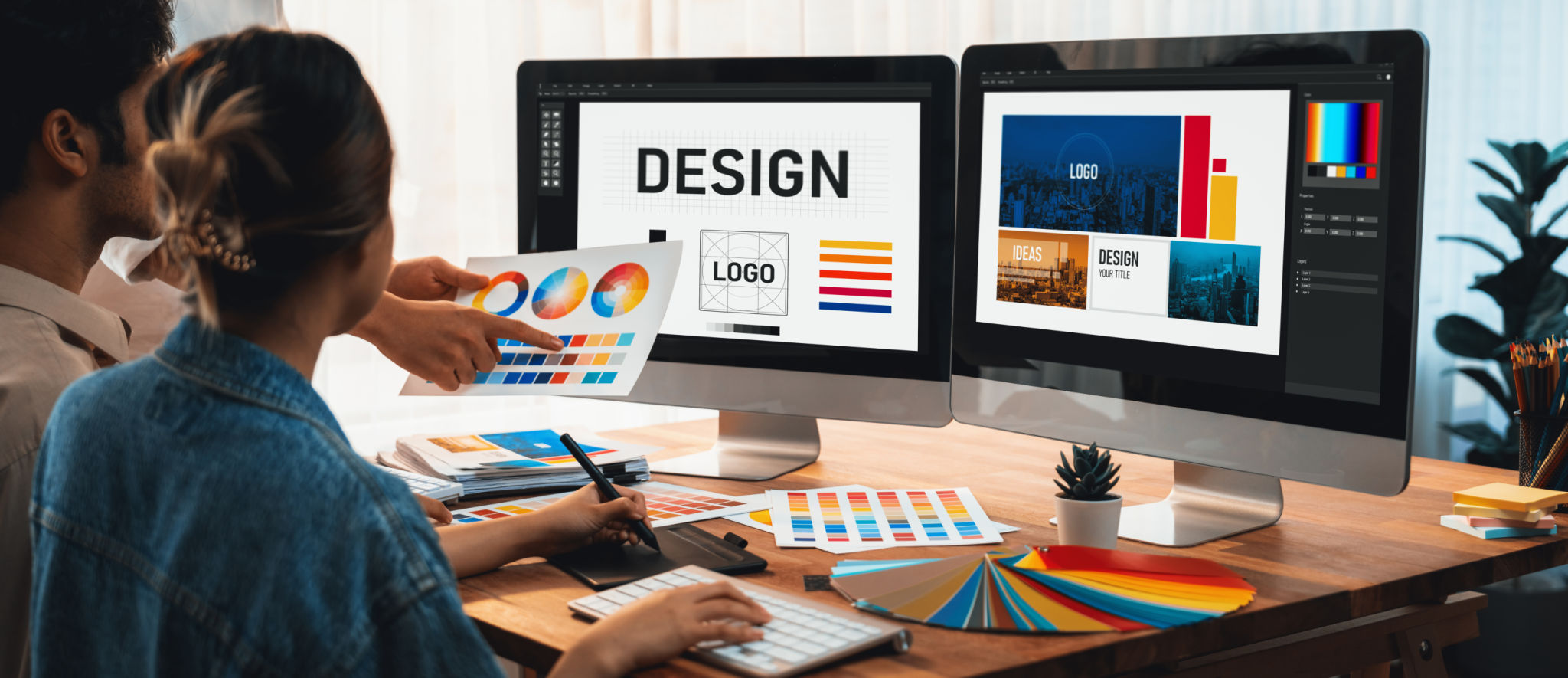Expert Tips: Maximizing the Benefits of Professional 3D Design
Understanding the Power of 3D Design
Professional 3D design has become an indispensable tool across various industries, from architecture to entertainment. It allows creators to visualize concepts, explore possibilities, and push the boundaries of innovation. By leveraging the latest software and technology, professionals can produce detailed models and simulations that enhance decision-making and communication.

The key to maximizing the benefits of 3D design lies in understanding its capabilities. Whether you're an architect designing a building or a game developer creating immersive worlds, 3D design provides a versatile canvas for your vision. With its ability to create accurate and realistic representations, it allows for thorough analysis and experimentation, ultimately leading to better end products.
Choosing the Right Software
Selecting the appropriate 3D design software is crucial for achieving your project goals. With numerous options available, each offering unique features, it's essential to consider your specific needs. Factors such as ease of use, compatibility with other tools, and support for various file formats should guide your decision-making process.
Some popular 3D design software includes Blender, Autodesk Maya, and SketchUp. Each of these platforms has its strengths and weaknesses, so it's important to evaluate which one aligns best with your project requirements. Remember, investing time in learning the software can significantly enhance your productivity and output quality.
Enhancing Collaboration
One of the standout advantages of professional 3D design is its ability to facilitate collaboration. By providing a visual representation of ideas, it bridges communication gaps between team members, clients, and stakeholders. This enhanced communication ensures everyone is on the same page and reduces the risk of misunderstandings.

Utilizing cloud-based platforms for 3D design projects can further improve collaboration by allowing real-time access and updates. These tools enable multiple users to work simultaneously, share feedback instantly, and track changes efficiently. As a result, teams can maintain momentum and adapt quickly to project developments.
Integrating 3D Design into Workflow
To fully leverage the benefits of 3D design, it's important to integrate it seamlessly into your workflow. Begin by identifying key stages where 3D design can add value, such as conceptualization, prototyping, or final presentations. Incorporating 3D design early in the process can streamline development and enhance creativity.
- Identify areas where visualization is critical.
- Incorporate 3D design tools during brainstorming sessions.
- Use 3D models for testing and validation purposes.

By embedding 3D design into your routine processes, you can gain insights more swiftly and make informed decisions that drive your projects forward. Additionally, regular use will improve your skills over time, leading to more effective and innovative designs.
Staying Ahead with Continuous Learning
The world of 3D design is continuously evolving with new technologies and methodologies emerging regularly. To stay competitive and maximize the benefits of professional 3D design, it's essential to commit to continuous learning. This could involve taking advanced courses, attending industry conferences, or engaging with online communities.
By keeping abreast of the latest trends and tools in 3D design, you ensure that your skills remain relevant and your projects benefit from cutting-edge techniques. Embrace a growth mindset and be open to experimenting with new approaches to keep your work fresh and impactful.
In conclusion, professional 3D design offers immense potential for enhancing creativity and efficiency across various fields. By choosing the right tools, fostering collaboration, integrating design into workflows, and committing to ongoing learning, you can fully capitalize on the power of 3D design.
